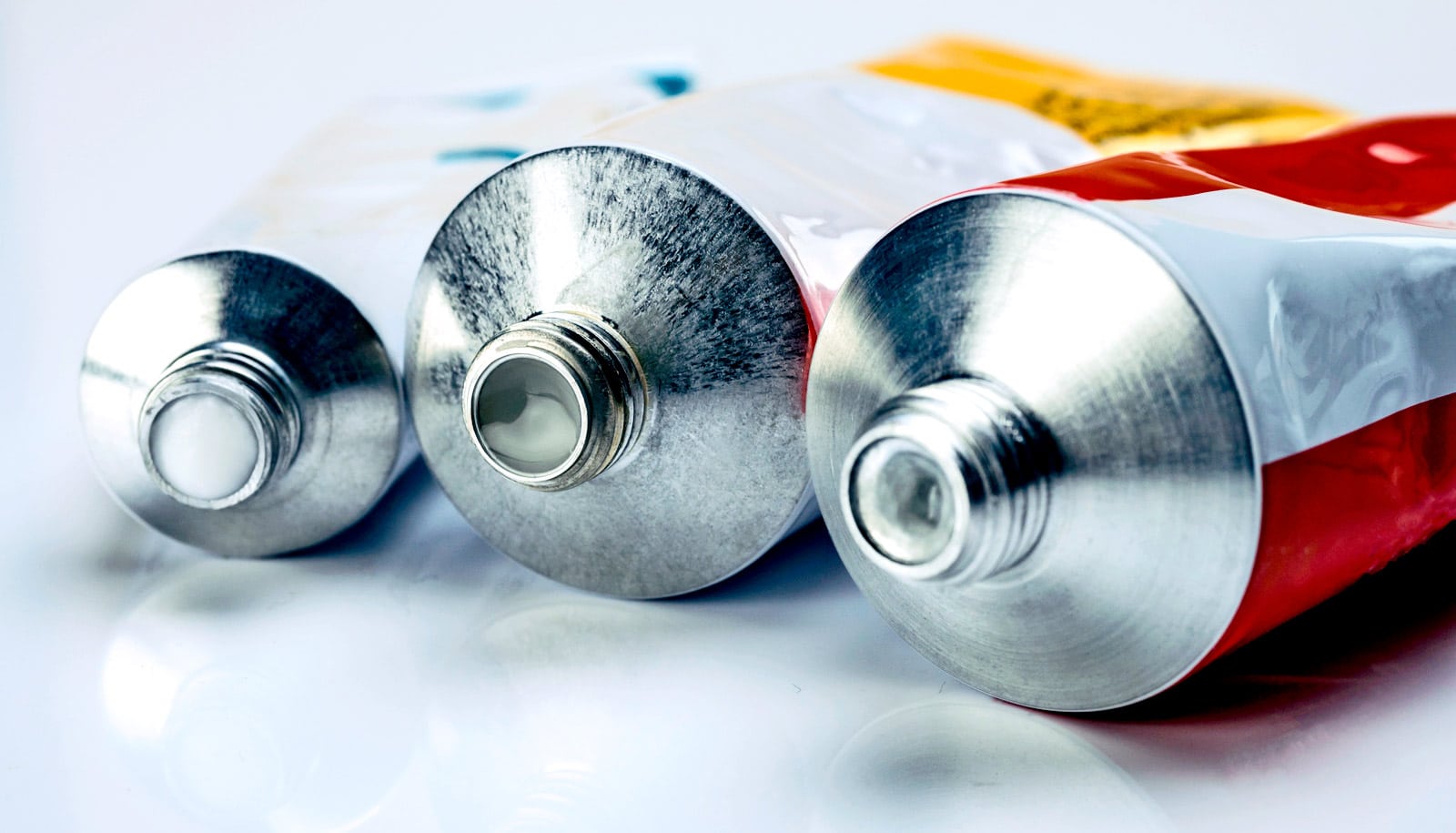There is no scientifically significant evidence that expensive prescription pain creams and gels relieve soreness better than a placebo, a study finds.
Many who suffer from chronic pain pay anywhere from $20 to thousands of dollars for a tube of prescription topical pain cream or gel, say scientists who conducted a rigorous study that Congress mandated.
“Our study of nearly 400 pain patients suggests that people who use these compounded creams and gels are being taken advantage of, because the scientific evidence to support a benefit is not there,” says Steven P. Cohen, leader of a team of researchers from Johns Hopkins University and Walter Reed National Military Medical Center.
The study was large enough, Cohen says, that the researchers “should have been able to see a statistically significant difference in pain reduction if these creams were actually working.
“But we didn’t see this in our data,” says Cohen, a professor at the Johns Hopkins School of Medicine and director of pain research at Walter Reed. “The pain reduction we saw in patients being treated with the pain cream was nearly the same pain reduction we saw in placebo; there was just not a large enough difference for the reduction to be scientifically meaningful.”
The cost of pain
An estimated one-third of the adult US population suffers from chronic pain, resulting in annual direct and indirect health care costs of about $600 billion, Cohen says.
Tricare, a government-managed health insurance plan covering some active duty and retired military personnel and their families, reported it spent $746 million on compounded topical pain creams in fiscal 2014, up from $259 million the year before. In the first month of 2015, the Defense Department spent about $6 million a day on the medications.
Similarly, the Medicare prescription drug program paid out more than half a billion dollars for the creams in 2015. The big spending and limited efficacy data triggered news reports and requests for investigations, the researchers say. Finally, Congress demanded evidence for the efficacy of the creams.
Cohen says the appeal of the skin creams is getting pain relief without the risks of potentially addictive or dangerous drugs taken orally or by injection.
The compounded creams and gels generally contain one or more prescription or other anesthetic, analgesic, sedative, antidepressant, anti-seizure, or muscle relaxant drugs.
Real relief?
The researchers conducted a double blind, randomized, placebo-controlled study at Walter Reed from August 2015 to February 2018. The research involved 399 participants ages 18-90. Nearly 43 percent were active duty military personnel; the remaining participants were retired or dependents, such as spouses.
Participants were divided into three groups: patients with neuropathic pain caused by disease or damage to the nerves, such as shingles or diabetes; those with nociceptive pain caused by injury to tissue, such as burns or sprains; and so-called mixed pain caused by damage to the nerves and tissues, such as certain types of back pain.
Before the study, the average pain score for participants was 4 or greater on the 0-10 pain scale. The average duration of symptoms was 6.7 years.
Participants applied cream three times a day, not knowing if they were using medication or a placebo. They made entries twice a day in pain diaries that were then used to determine the outcomes.
The investigators found no statistically significant difference in reduction of average self-reported pain scores for patients in the treatment and placebo groups for any of the three types of pain.
Participants in all groups improved slightly throughout the study, affirming the long-recognized placebo effect, which is generally stronger for pain treatment than for other medical disorder therapies.
The Walter Reed research pharmacy team prepared the pain creams for the study, using combinations of many of the same drugs used in commercially available compounded topical creams.
Cohen cautions that the study was somewhat limited in applicability for specific conditions, in part because of the wide variety of medical conditions and pain disorders among the participants.
In addition, capsaicin, a pepper derivative commonly used in lotions and creams for muscle pain, could not be used in the study compounds because the recognizable smell and application requirements would have undermined the double-blinding that kept both caregivers and subjects unaware if they were getting active creams or placebos.
The work appears in the Annals of Internal Medicine. Researchers who took part in the study were from the US Army and Navy and from Johns Hopkins. Primary funding came from the Defense Department.
Source: Raigan Wheeler via Johns Hopkins University



